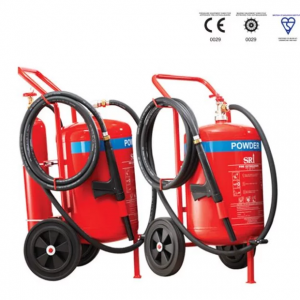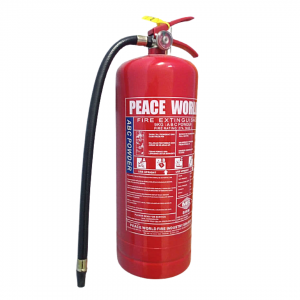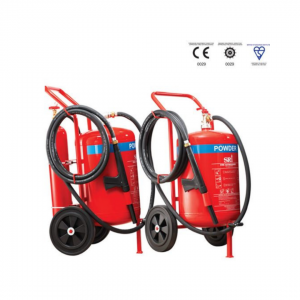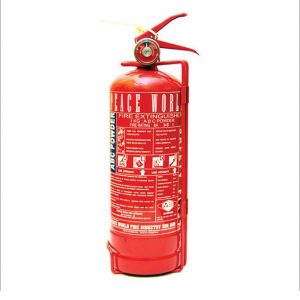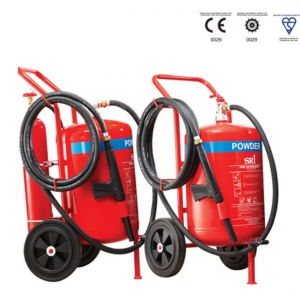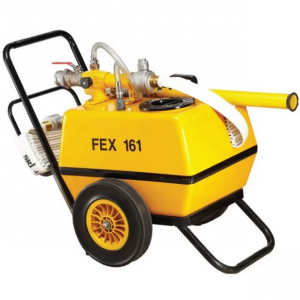The Importance of Regular Fire Safety Inspection
Fire safety inspection play a crucial role in safeguarding lives and property against the devastating effects of fires. These inspections are systematic evaluations of buildings, premises, and facilities to assess their compliance with fire safety regulations and identify potential hazards. By conducting regular fire safety inspections, property owners and managers can mitigate fire risks, ensure regulatory compliance, and create a safer environment for occupants. This article explores the significance of fire safety inspections and outlines the key steps involved in conducting them effectively.
- Importance of Fire Safety Inspections: Fire safety inspections are essential for identifying fire hazards. Moreover, assessing the effectiveness of fire prevention measures, and ensuring compliance with fire safety codes and standards. These inspections help property owners and managers proactively address potential risks before they escalate into emergencies. By identifying and rectifying fire hazards promptly, fire safety inspections contribute to reducing the likelihood of fires and minimizing their impact on lives and property.
- Regulatory Compliance: Fire safety inspections are often mandated by local building codes, fire regulations, and insurance requirements. Compliance with these regulations is necessary to avoid penalties, lawsuits, and insurance disputes. Fire safety inspectors evaluate buildings and facilities to ensure they meet the required standards for fire prevention, detection, suppression, and evacuation. Non-compliance with fire safety regulations can result in fines, legal liabilities, and reputational damage.
- Identification of Fire Hazards: During fire safety inspections, inspectors assess various aspects of buildings and premises to identify potential fire hazards. Common hazards include blocked exits, inadequate fire protection systems, faulty electrical wiring, improper storage of flammable materials, and lack of emergency lighting. By systematically evaluating these factors, inspectors can recommend corrective actions to eliminate or mitigate identified hazards.
Inspection Process
The fire safety inspection process typically involves several key steps:
a. Pre-inspection Preparation: Property owners or managers gather relevant documentation, such as building plans, fire alarm records, and maintenance logs, to provide to the inspector.
b. On-Site Inspection: The inspector conducts a thorough walkthrough of the premises, examining fire protection systems, emergency exits, electrical systems, heating and ventilation systems, and other relevant components.
c. Hazard Identification: The inspector identifies potential fire hazards and evaluates the adequacy of existing fire safety measures.
d. Documentation and Reporting: The inspector documents their findings, noting any deficiencies or violations, and provides recommendations for corrective actions.
e. Follow-Up Actions: Property owners or managers address identified deficiencies and implement recommended corrective measures to enhance fire safety.

Benefits of Fire Safety Inspections
Regular fire safety inspections offer several benefits, including:
a. Enhanced Safety: By identifying and addressing fire hazards, inspections contribute to creating a safer environment for occupants.
b. Compliance Assurance: Inspections ensure compliance with regulatory requirements, reducing the risk of legal and financial repercussions.
c. Risk Mitigation: Proactively addressing fire hazards helps mitigate the risk of fires and their potential consequences.
d. Peace of Mind: Property owners and occupants gain peace of mind knowing that fire safety measures are in place and regularly evaluated.
Conclusion: Fire safety inspections are essential for protecting lives and property against the threat of fires. By conducting regular inspections, property owners and managers can identify fire hazards, ensure regulatory compliance, and enhance overall fire safety. Investing in fire prevention through proactive inspections is a critical step in minimizing the risk of fires and creating a secure environment for everyone.





